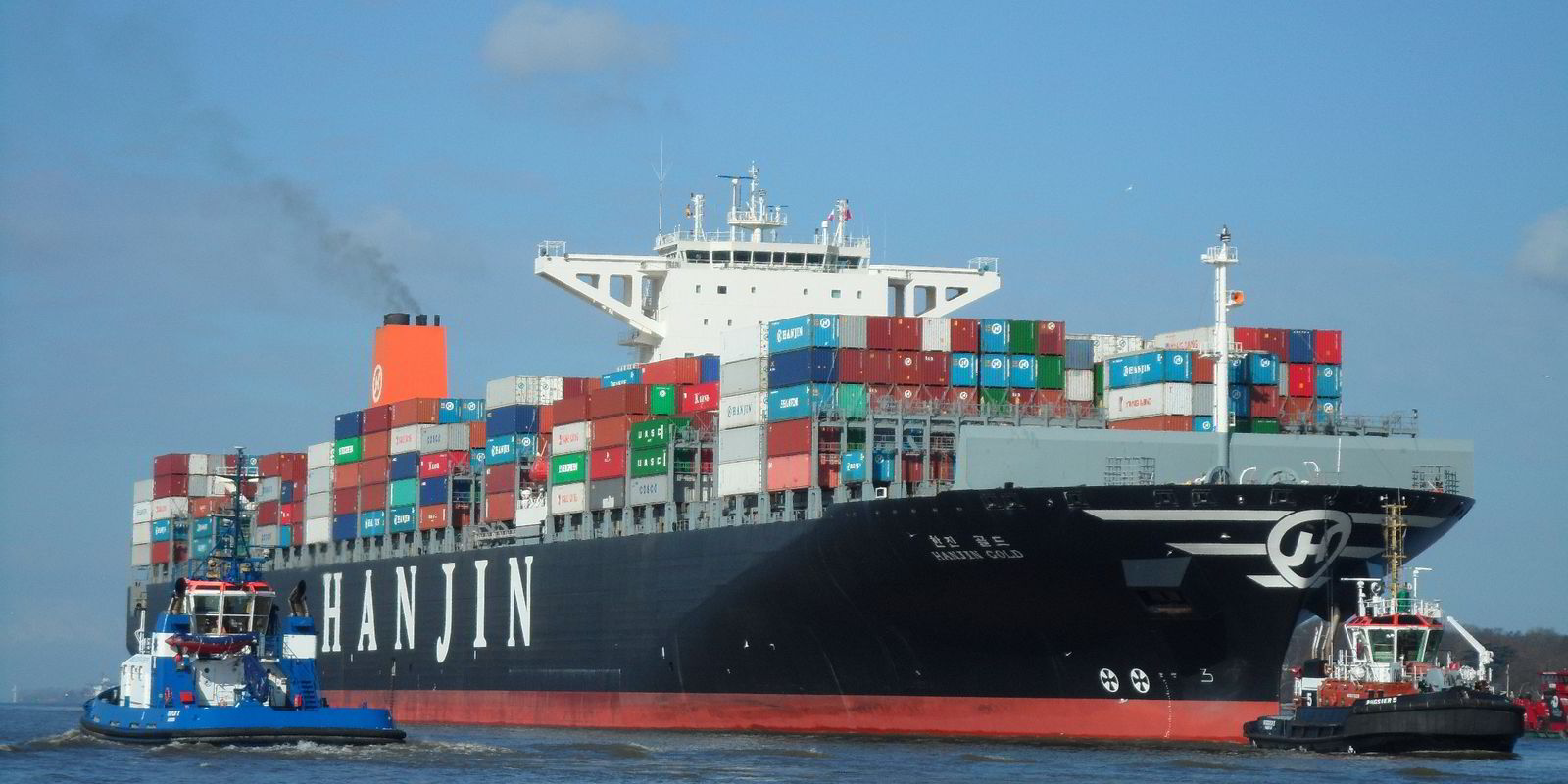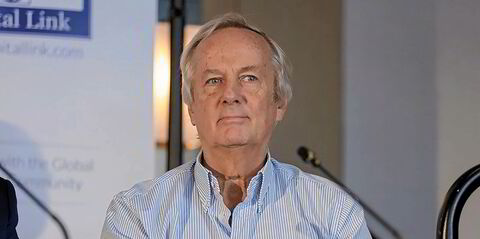Financial performance of container lines in 2016 was the worse in six-years, according to an annual container shipping study from restructuring firm AlixPartners.
Rates climbed late last year thanks to the bankruptcy of Hanjin, but those gains will have to be sustained for the industry to get on better footing.
Total industry revenue was the lowest since 2010 at $151.2bn, AlixPartners said.
Profit margins for liner operators as a whole dipped to negative 1.3% during last year, the first time since AlixPartners started compiling data. Operating cash flow as a percent of revenue also fell to 6%, the lowest level since 2012, the study noted.
"The outlook for global container carriers remains rocky at the outset of 2017," AlixPartners said.
But consultant Esben Christensen notes the data came before the Hanjin bankruptcy. Following the South Korean liner operator’s exit, rates on trans-Pacific trades “got a very nice lift.”
But he notes the improvement was really limited to one trading basin, while Asia-to-Europe freight rates saw no gains.
"We are not of the view that container lines are out of the woods yet," Christensen said.
He says it remains to be seen whether Hanjin’s departure means container lines can hold customers to better rates during this current contract renewal season. If so, container lines may be able to reverse the downward trend.
“The outlook for this year remains dependent on whether rates can sustain their post-Hanjin levels,” Christensen said.
Christensen’s prescription for the ailing industry remains the hard medicine of further cost cutting. He notes the industry was able to halve its operating costs from 2011 through 2016. Yet still that was not enough to provide positive margins.
The three major container alliances – 2M, Ocean Alliance and THE Alliance – may yet provide the liner operators with more opportunities to cut costs. But it’s not a sure bet as the alliances still need to prove that integrating disparate carriers will pay off.
For THE Alliance, “it’s a monumental task to integrate three different Japanese carriers [MOL, NYK, and K-Line] with Hapag Lloyd,” Christensen said. “There is a huge amount to work to get the actual savings.”
The container lines woes, though, mean even more pain for tonnage providers, such as Seaspan, Danaos and Costamare. He says the containership lessors will like continue to feel pain as their customers seek to reduce rates and lower ship capacity.
“It’s hard to see the tonnage providers are going to get out of their situations,” Christensen said. “Many are still stuck with ships that are not of a desirable size.”



